Biography
The famous Art Deco ivory sculptor was born in 1892 as one of six children in Erbach in Odenwald. His father Karl Daniel Heinrich Preiss owned and ran a hotel and his mother Katharina, née Reichert, came from an ivory carver family. Ferdinand Preiss was fifteen when both of his parents died within a short time span. The boy was taken in by the family of his maternal aunt, who was married to the Erbach ivory carver Philip Willmann (1846-1910). Under Willmann’s direction, Preiss began his apprenticeship and created small ivory figures which were based on ancient Greek and Roman models. From 1901 on, Preiss set out to further develop his skills in other places and institutions. At the teaching institute of the Museum of Decorative Arts in Berlin he worked with Michael Kern. This was followed by a trip to Italy, where he worked for the Ghini company in Milan, and a stay in Paris.
In 1905, Ferdinand Preiss joined the Karl Haebler company in Baden-Baden. There, he met Arthur Kassler, with whom he then founded “Preiss & Kassler”, a company and workshop for ivory art, in Berlin in 1907. Kassler was responsible for the finances while Preiss took over the artistic direction. Their goal was to stand out against their competitors by offering artistic designs and higher product quality. Preiss & Kassler became well-known because they specialised on chryselephantine figurines. Via Robert Kionsek, they also made connections to the bronze foundry Gladenbeck. The first figurines to come out of the workshop were modelled after Greek goddesses. The rise of the company, however, was interrupted by the First World War, in which Ferdinand Preiss served in the sanitary corps. In Poland and Russia, he created landscape drawings which were then printed as postcards and bought by the soldiers on the eastern front to be sent home. This business idea, born out of necessity, made enough money to earn a living for his wife Margaretha, née Hilme, and his children Harry and Lucie during the war.
In 1919, Preiss & Kassler re-opened their business and continued to produce ivory figurines. In the years after the war, the company focused on smaller pieces of ivory jewellery such as brooches and pendants. The golden twenties, however, had a very positive effect on the success of the company and they started to focus on sculpture pieces again. The inspiration this time was no longer provided by ancient Greek or Roman models, but by images of modern women instead. The chryselephantine figurines were particularly well received on the American market. This is why, from then on, the two company founders signed their names with ‘ss’ and not with an ‘ß’. In order to avoid the high export duties for ivory, they opened a workshop in England. In addition, Arthur Kassler's son Hans frequented trade fairs and successfully marketed the multi-facetted range of sculptures. The most important trading location at the time was the Leipzig Sample Fair (in which the company participated from 1929 to 1941). Here, orders were commissioned by representatives from all over the world.
In 1931, the company moved to Berlin Ritterstrasse where many department stores were located. Preiss and Kassler signed their works with the initials P and K, surrounded by a circle. Always keen on technical improvements, Preiss expanded their workshop’s conventional tools with the addition of a dental drill that had greater rotational force and thus achieved more precise effects. The bronze work was carried out externally, usually in the Berlin foundry Gladenbeck (until 1936). The post-processing of the castings required twice as much time as the casting itself. What required special expertise was assembling the sculptures’ ivory and bronze parts on their plinths.
Preiss showcased his sculptures in department stores like Wertheim and Hertie, but they were also distributed in Brazil and Argentina. From 1920 on, the most important market, however, proved to be the United Kingdom. The figures 'Queen Elizabeth II as Princess', 'Saint George and the Dragon', as well as multiple dancers in elegant and extravagant poses, were especially created for British customers. The golden twenties influenced Ferdinand Preiss in manifold ways: he was inspired by Berlin’s rich cultural environment, by the colourful nightlife with its dance revues, but also by pictures from international magazines. At the time, the atmosphere in Berlin was exceedingly permissive and the city was the place to be when it came to entertainment – with 400 opera seats, 11.000 seats in the theatres and another 45.000 in variety shows and cabarets, as Alberto Shayo states in his research on Ferdinand Preiss.
Sports and the cult of the body also played an increasingly important role in the 1920s. This explains why the sculptures from the Olympia series were particularly popular in the 1930s. Another source of inspiration for Preiss' artistic designs were the movies of the time: Preiss’ 'Carmen' figure was most probably created under the influence of the 1918 film by Ernst Lubitsch. In a comprehensive publication on Ferdinand Preiss, published in 2005, Alberto Shayo has also explored the question of how the artist acted during the period of National Socialism in Germany. In 1938, he provided the required so-called “Ahnenpass”. But he was neither a party member nor a NS-sympathiser. During the war, the local business remained open but all export came to a standstill. In 1940, the casting of bronze was prohibited. Ferdinand Preiss died on July 29, 1943.
Objects by Ferdinand Preiss
-
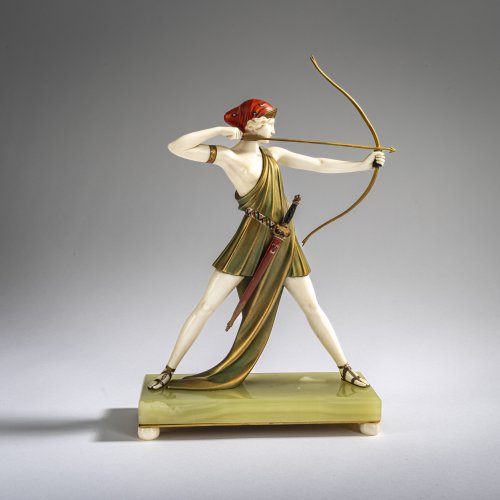
-
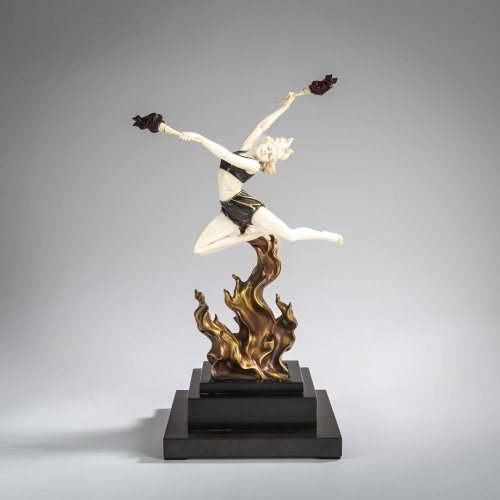
-

Bowl with chryselephantine figure 'Spring Awakening', c. 1930
Estimate: 6,000 € - 9,000 €
-
Sold

-
Sold

'Girl with a Box' and 'Boy with an Apple', before 1914
Hammer Price: 1,700 €
-
Sold

-
Sold
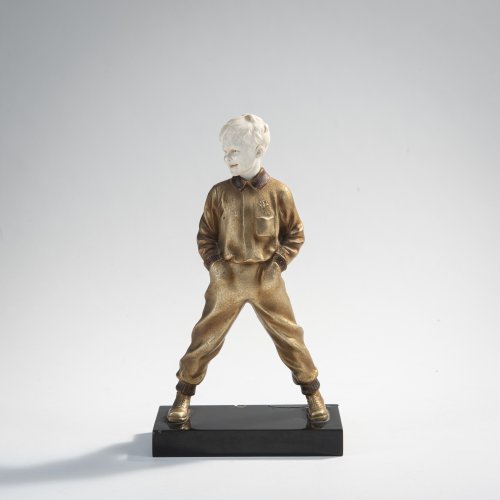
Boy with his hands in his trouser pockets, c. 1930
Hammer Price: 1,900 €
-
Sold

Ferdinand Preiss Preiss & Kassler, Berlin
Two Bronze figures 'Sonny Boy' and 'Hoop Girl', c. 1930
Hammer Price: 3,000 €
-
Sold

Two chryselephantine figures 'Hoop Girl' and 'Sonny Boy', c. 1930
Hammer Price: 4,600 €
-
Sold
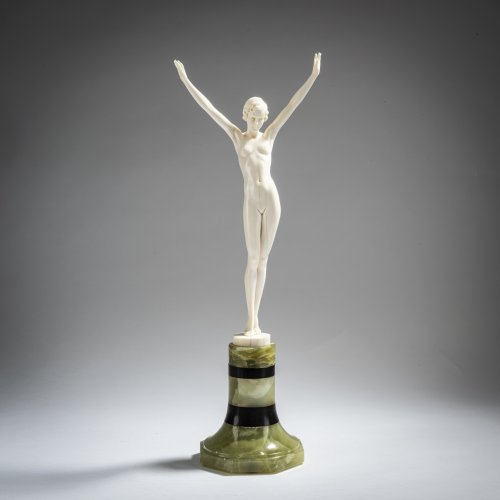
-
Sold

-
Sold

-
Sold

-
Sold
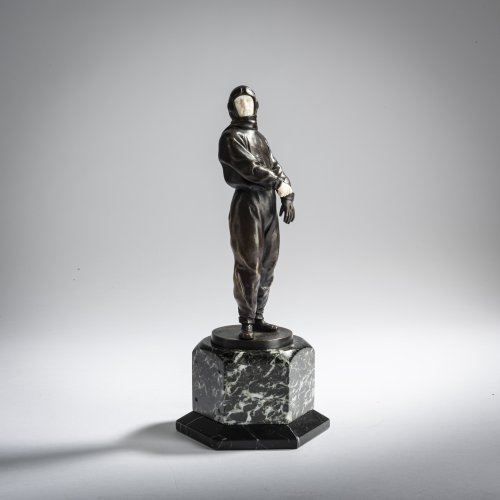
-
Sold

-
Sold
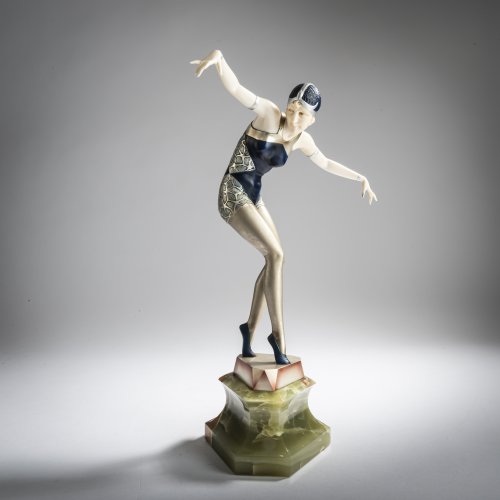
-
Sold

-
Sold
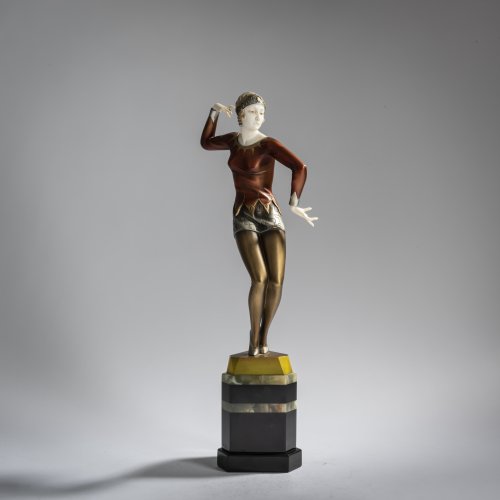
-
Sold

-
Sold
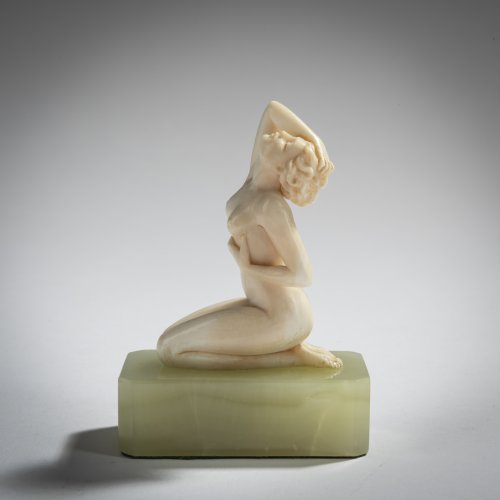
-
Sold
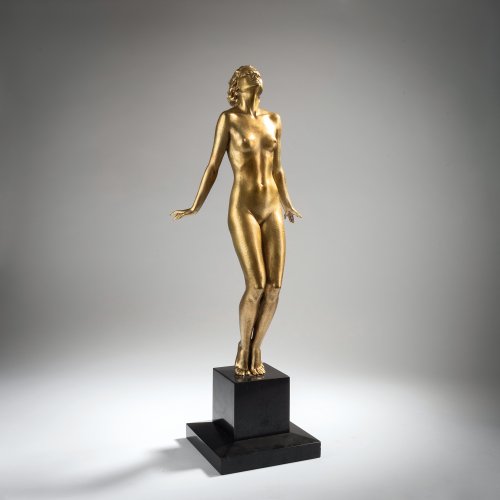
-
Sold

-
Sold

-
Sold

-
Sold

-
Sold

-
Sold
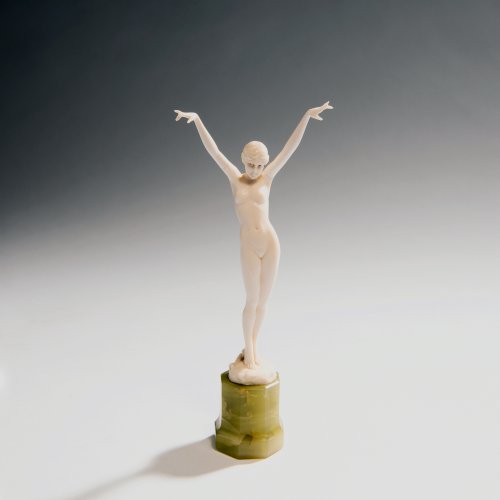
-
Sold

-
Sold
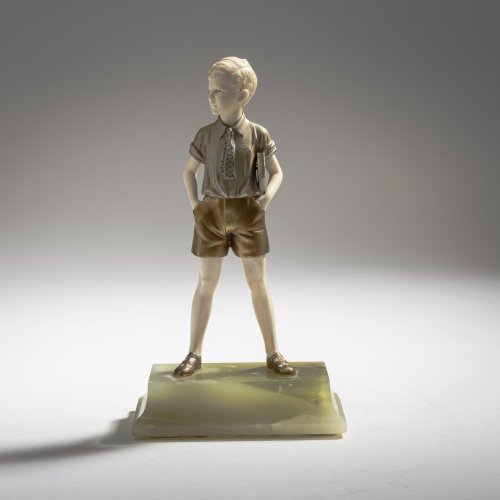
-
Sold

-
Sold
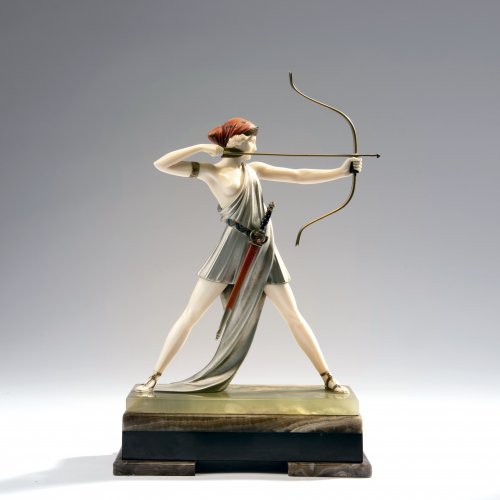
-
Sold

-
Sold

-
Sold
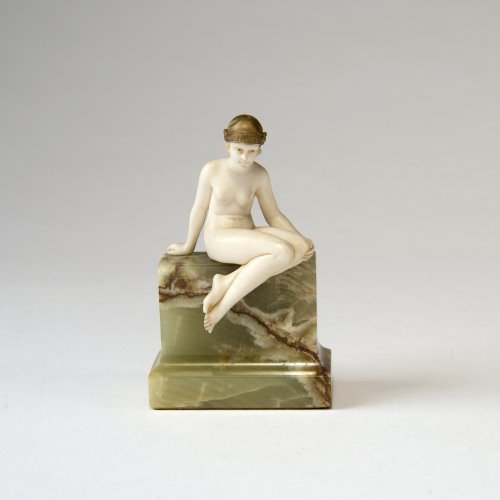
-
Sold
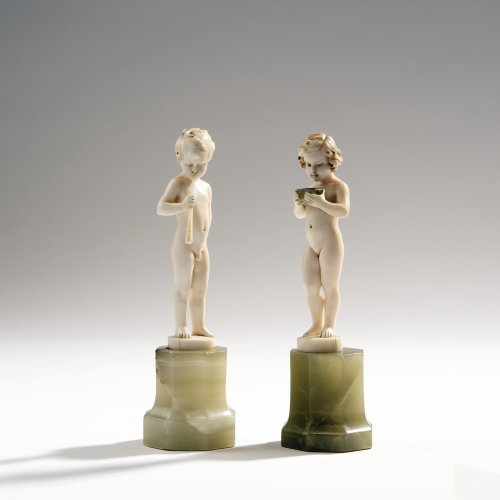
'Girl with Small Case' and 'Boy with Trumpet', pre-1914
Hammer Price: 4,500 €
-
Sold

-
Sold
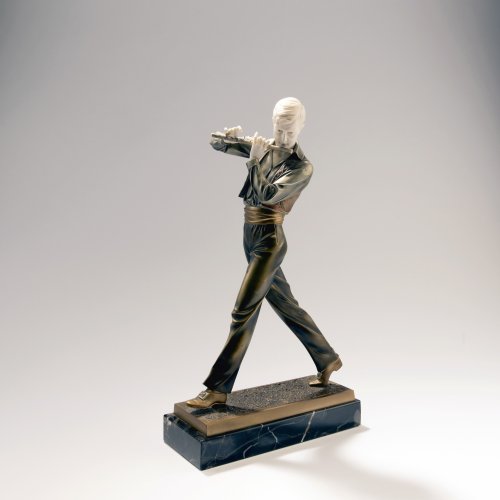
-
Sold

-
Sold

-
Sold

-
Sold
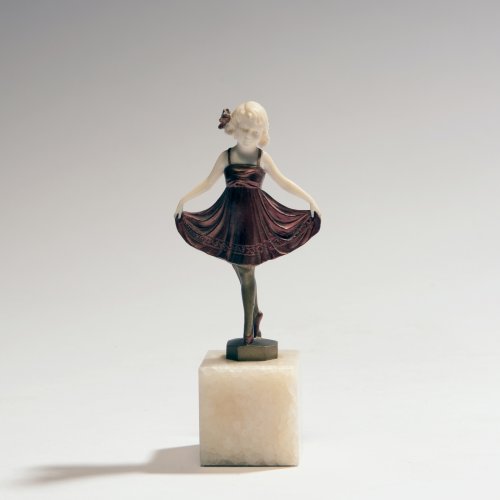
-
Sold

-
Sold

-
Sold

-
Sold
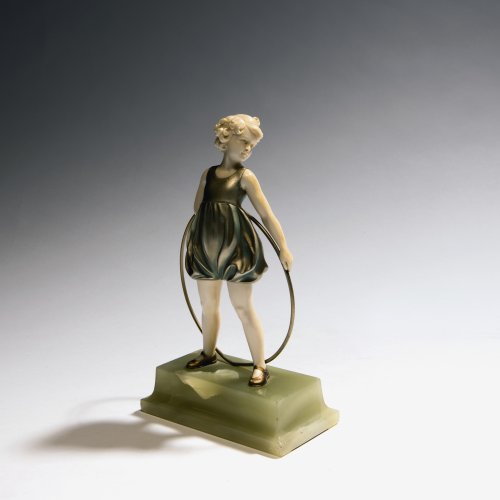
-
Sold
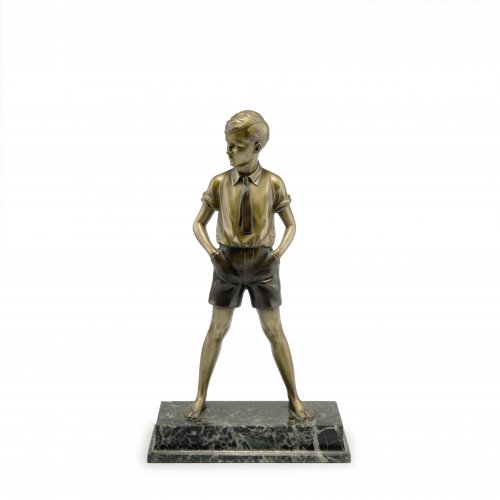
-
Sold

-
Sold

-
Sold

-
Sold
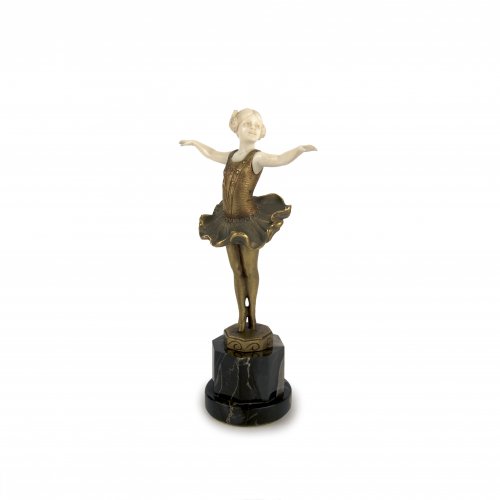
-
Sold

-
Sold

-
Sold
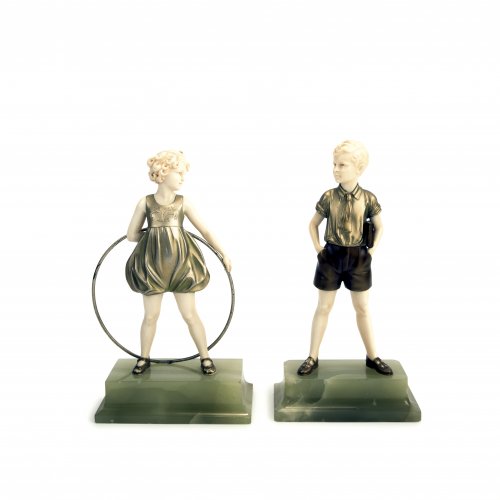
-
Sold

-
Sold
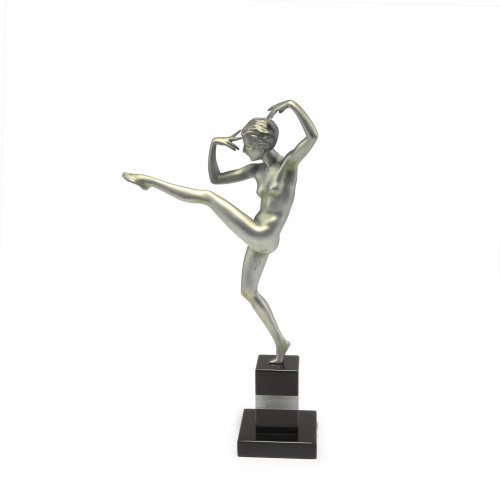
-
Sold

-
Sold

-
Sold

-
Sold

-
Sold
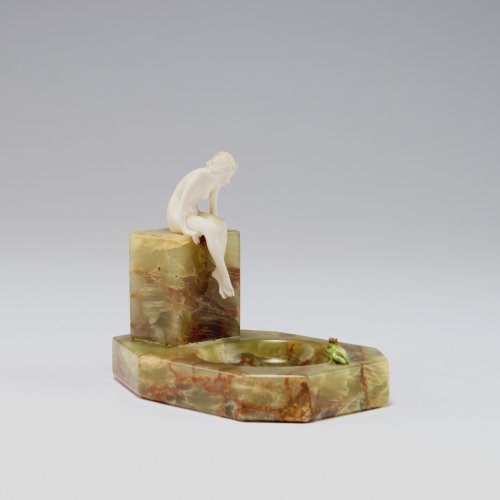
-
Sold

-
Sold

-
Sold
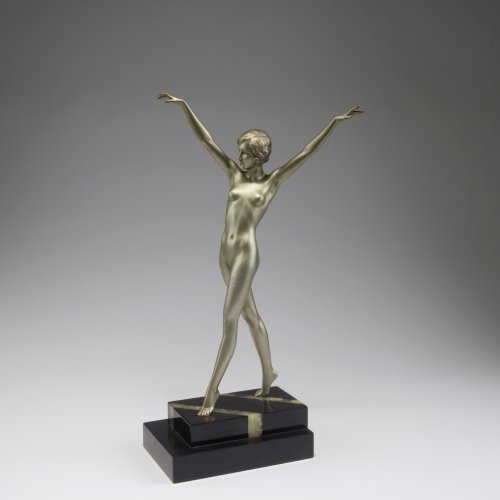
-
Sold
-
Sold
-
Sold
-
Sold
-
Sold
-
Sold
